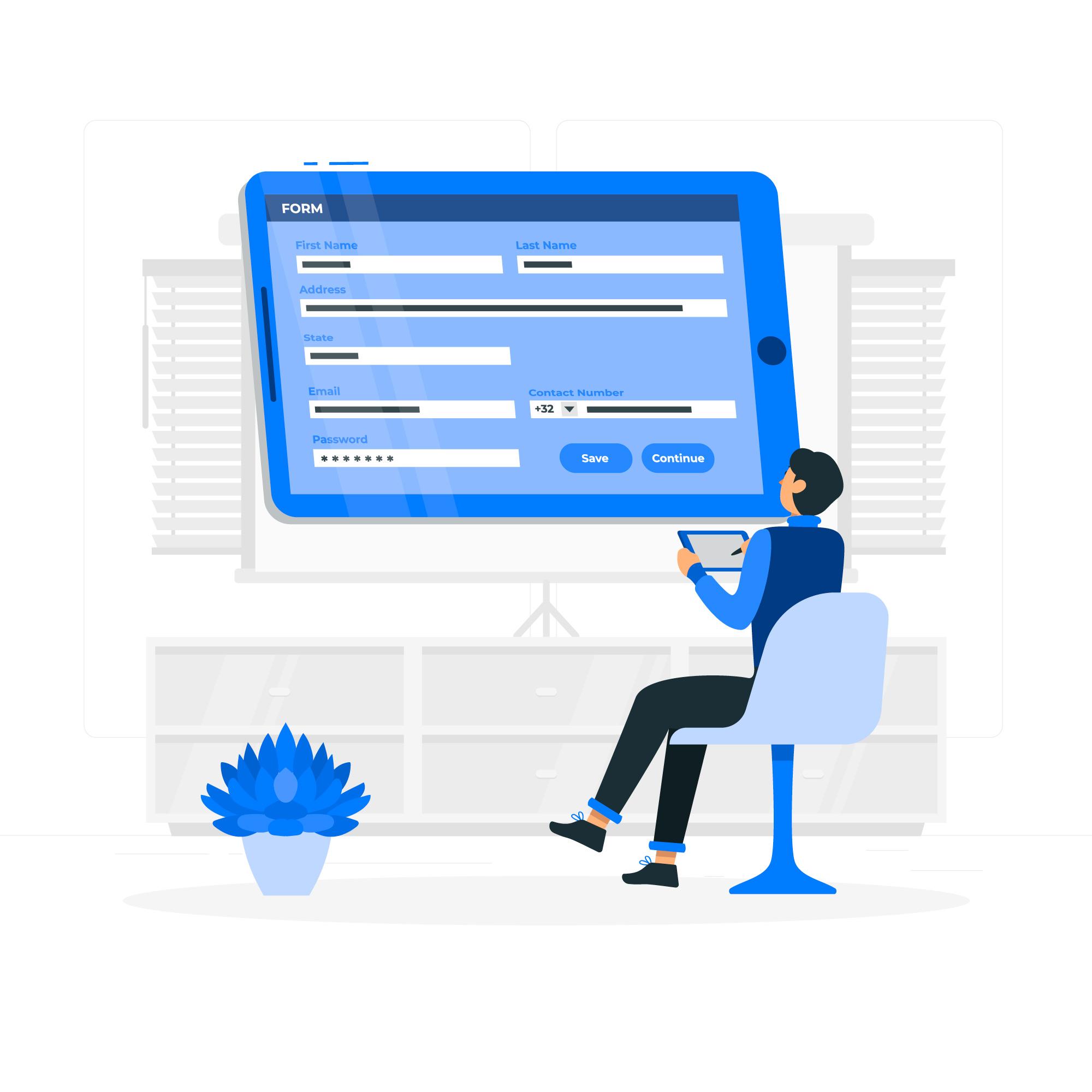Software Testing is the hidden star of the process of making software. Software is tested to make sure it meets standards for quality, usefulness, and speed before it is sold. A rocket is being checked over one last time before being sent into space. To find bugs and make sure everything works as it should, testers either work with the software by hand or test scripts. It's also important to make sure that the software fits with the needs and reasoning of the business. Keep reading till the end to learn more about what is software testing and what are its types.
Why is Software Testing Important?

Imagine launching an app filled with bugs. It's like selling a car without brakes. Here’s why software testing is vital:
Detecting Defects for the Development Team to Address
The main goal of software testing is to find bugs and other problems. Modern software is made up of many parts that are all linked and need to work well together. One broken part can derail the entire application. Strong testing makes sure that these problems are found and fixed quickly, so the result is of better quality and delivered on time.
Maintaining and Enhancing Product Quality
Quality is more than just not having any bugs. It's about going above and beyond what customers expect. Software testing helps maintain quality through regression testing, ensuring consistency after updates. It also enhances quality by identifying areas for optimization and improvement.
Improving Customer Trust and Satisfaction
Tests that are very thorough make software safe and reliable, which in turn makes customers trust the company. A product that consistently meets user needs fosters a positive user experience and long-term satisfaction.
Identifying Vulnerabilities to Save Costs and Lives
For jobs in banks, healthcare, and law, for example, software that works well is very important. In these places, bugs can cost you a lot of money, get you in trouble with the law, or even put people's lives in danger. Testing protects companies from these risks.
The Mission of the Software Tester

The role of a software tester is multifaceted. Their mission includes:
-
Finding and checking bugs quickly
-
Providing a general assessment of product quality
-
Ensuring the product meets quality standards
-
Continuously improving product quality
-
Educating stakeholders about testing best practices
-
Establishing and optimizing testing processes
-
Minimizing costs, time, and effort involved in testing
Types of Software Testing
Now that you understand what is testing let us see the types of software testing. Software testing is broadly classified into two categories:
Functional Testing
This type of testing verifies that the application delivers the expected output. Common types include:
-
Unit testing: This means checking separate parts or groups.
-
Integration Tests: This check is to see if the parts that have been put together work well with each other.
-
Acceptance Testing: Tests that use the app in real life to see how well it works are called acceptance tests.
-
Visual Testing: There is a way to check the GUI (graphical user interface) called video testing.
Non-functional Testing
This type verifies the non-functional aspects of an application, such as stability and security. Types include:
-
Security Testing: Checking for vulnerabilities.
-
Performance testing: It checks how fast, stable, and resource-heavy something is.
-
Load Testing: This checks how well the program works with both light and heavy loads.
-
Tests for Usability: You check how useful something is by seeing how easy it is to use.
-
Compatibility Testing: When you do this, you make sure that the program works on a variety of computers and settings.
Types of Applications Under Test
There are four main types of applications commonly tested:
-
Web Testing
-
API Testing
-
Mobile Testing
-
Desktop Application Testing
Approaches to Software Testing

There are two main ways to test software: by hand and on a computer. It will depend on the job, the tools you have, and your time if you have to pick between the two. Let's look more closely at each way.
Manual Testing
People who are trained to do manual testing run test cases without using automatic tools. This method is very important for jobs that need human sense, experience, and judgment. Here are some key aspects of manual testing:
-
Exploratory testing lets testers look around the app without following a set of test cases. They use their knowledge of the subject and their imagination to find bugs that were not expected. This kind of testing is great for finding bugs that affect a lot of different interactions that automatic tests might miss.
-
Ad-Hoc Testing: This is a casual way to test where users check the operation of the app at random. It doesn't have a set process; instead, the tester uses their knowledge and gut feeling to find problems.
-
Checking the application's ease of use and general user experience is best done by hand during usability testing. Real people act as testers and use the software to find problems with how easy it is to use and to share their thoughts on the process.
-
Testing for accessibility: To make sure that disabled people can use an app, it's often necessary to test it by hand in a number of open places and make sure it meets standards for accessibility.
Advantages of Manual Testing:
-
Allows for human insight and intuition
-
Effective for finding complex, multi-step defects
-
Ideal for usability and accessibility testing
Disadvantages of Manual Testing:
-
Time-consuming and labor-intensive
-
Prone to human error
-
Not suitable for large-scale or repetitive testing tasks
Automation Testing
Scripts and tools are used in automation testing to make test cases run on their own. It works really well for checking big things that need to be done over and over again and take a long time. Key aspects of automation testing include:
-
Regression Testing: Run the same test cases over and over to make sure that bugs weren't added by new code. Automation is great for regression testing because it lets you do this.
-
Performance Testing: Automated tools can act like a lot of people, which lets you test how well the app works with different loads. This tells you important things about speed, stability, and resource use.
-
Load Testing: This kind of speed testing checks how well the app deals both normal and heavy loads. Automated tools can make the load and test the reaction time of the program.
-
Continuous Integration/Continuous Deployment (CI/CD): Continuous Integration (CI) and Continuous Deployment (CD) change the code and send it out all at once. A big part of this process is testing that is done automatically. Thanks to automatic tests, every new version of the code is checked carefully before it is made public.
Advantages of Automation Testing:
-
Highly efficient for repetitive and large-scale testing
-
Reduces human error
-
Enables faster test execution
-
Provides extensive test coverage
-
Facilitates continuous testing in CI/CD environments
Disadvantages of Automation Testing:
-
Requires initial investment in tools and infrastructure
-
Needs technical expertise to create and maintain test scripts
-
It is not good for ad hoc, experimental, usability, or accessible testing
Conclusion
It is important to test software as part of the whole process of making software. It makes sure that software goods work well, are safe, and meet customer needs. Whether done manually or automatically, a good testing strategy reduces costs, improves the product, and wins customers' trust. Remember, tools like vREST from Optimizory can be your ally in achieving efficient and effective software testing. Happy testing!




